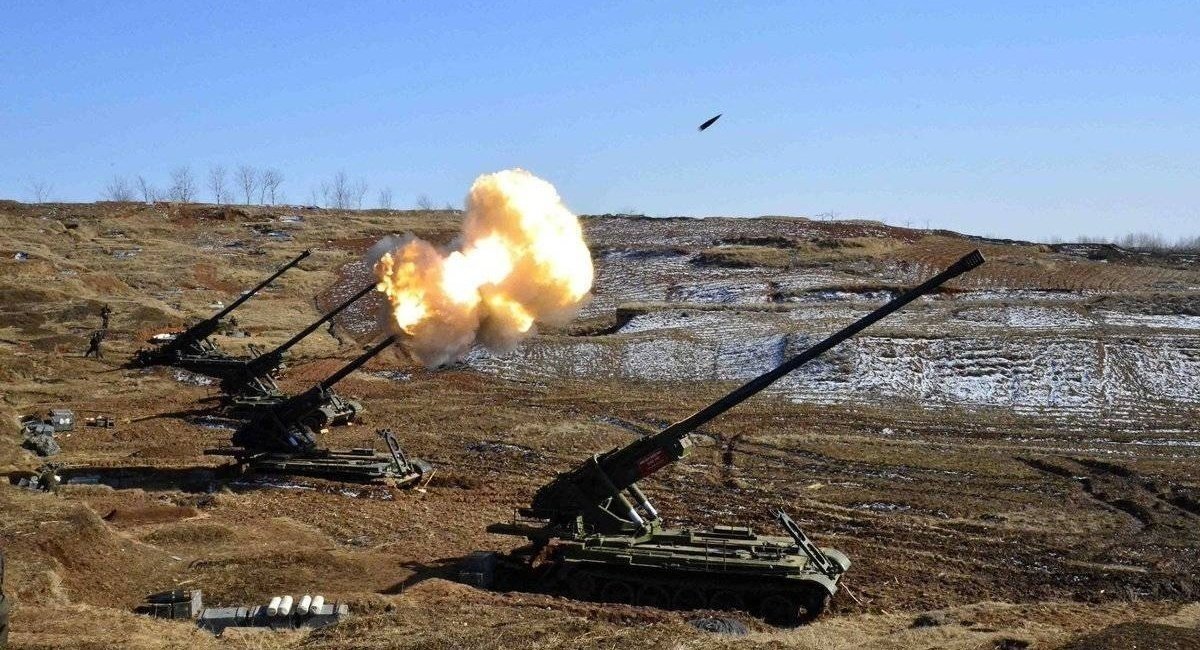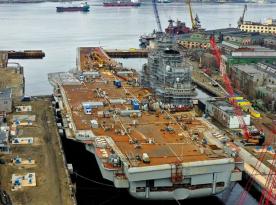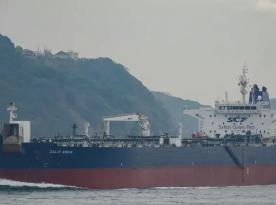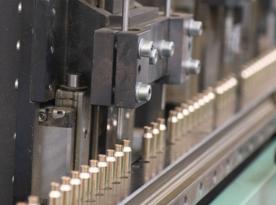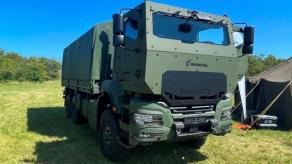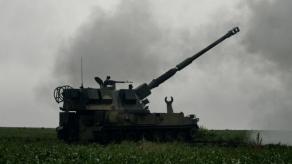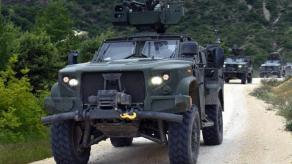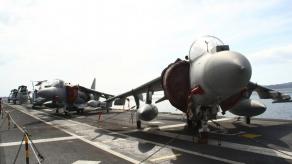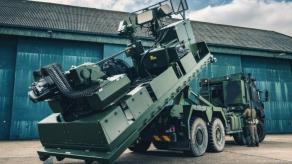Over 18 months (from September 2023 to April 2025), up to six million artillery munitions, including 152-mm and 122-mm cannon artillery shells and 122-mm rockets, were delivered to russia from North Korea by sea.
OSINT data shows it took just 64 sea deliveries to move a massive amount of artillery shells from North Korea to russia. This story will explore not only how these shells provided the russian army with the necessary fire density at the front, but also a little-noticed yet important aspect.
Read more: What Makes New russian 80-km Autonomous Strike Drone Even More Dangerous Than Lancets

In its latest publication, the British think tank RUSI, citing data from the OCS research group, highlighted the issue of North Korean missiles for the russian army. In particular, how the supply of ammunition influenced the situation on the frontline.
The impact of these supplies can be summarized as follows: in 18 months, they made up 29 to 40% of the russian army's total ammunition stockpile, resulting in an average increase of 7,400 artillery rounds per day.
RUSI authors provide a table with the average intensity of artillery fire by russian troops in the war against Ukraine. In particular, it shows a peak rate of up to 40,000 shells per day in November–December 2024.
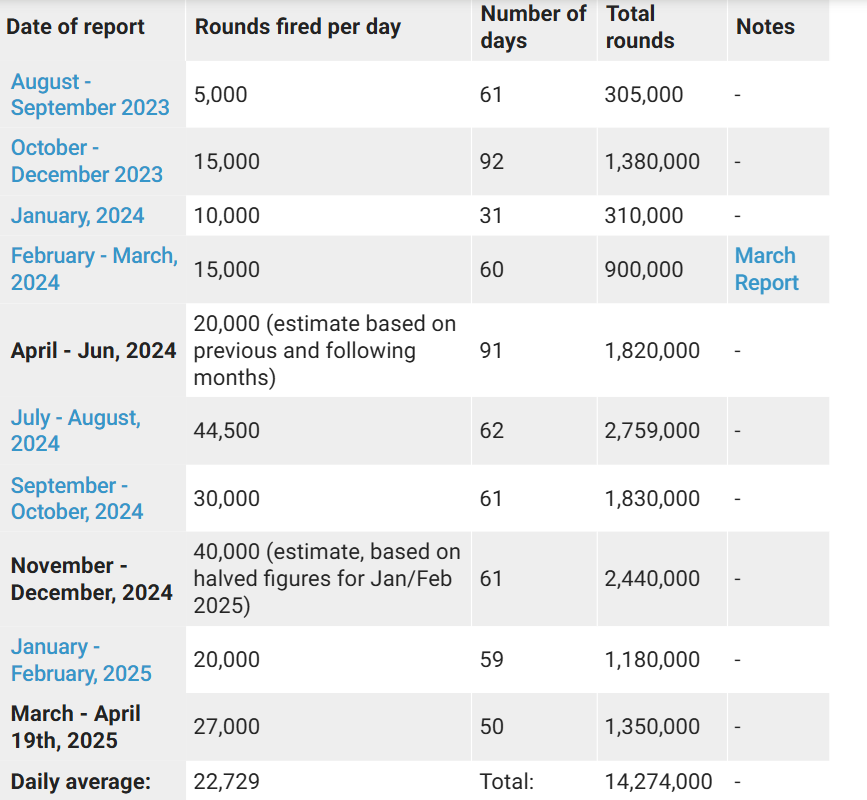
Estimates suggest that without North Korean supplies, russia’s daily artillery fire would have been limited to a maximum of 13,000 rounds. This is still more than Ukraine has, but it would definitely not be enough to conduct offensive operations in 2024.
The delivery pace is noteworthy: 18 shell shipments from North Korea reached russia between October and December 2023, aligning with the launch of the russian offensive near Avdiivka. Later, the shipment rate stabilized at three to six deliveries per month, although in February 2025, four ships carrying artillery ammunition were recorded.
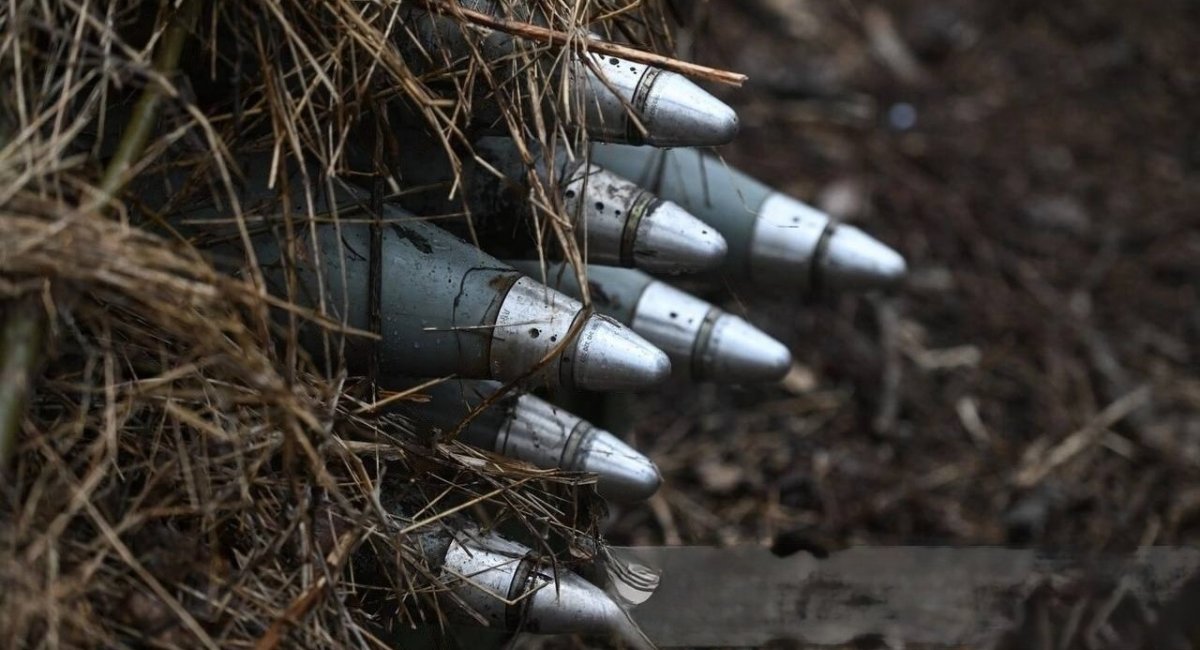
It’s worth noting that the amount of artillery ammunition delivered is approximate. OSC researchers estimated that the total shipment amounted to roughly 15,800 standard shipping containers, capable of holding between 4.2 and 5.8 million rounds of artillery ammunition. However, it was not possible to determine the exact types and quantities of shells.
On behalf of Defense Express We note that the russian and North Korean regimes demonstrated unprecedented synchronization in their logistical efforts to deliver a strategically vital volume of munitions. All of this occurred despite trade and transport flows between russia and North Korea being virtually nonexistent before 2022. This is an important lesson that should be taken into account in terms of further forms of possible Western support for Ukraine.
Earlier Defense Express reported that Ukrainian HIMARS strike had destroyd North Korean KN-09 launcher in russia's that Kursk region.
Read more: russian Katran USV is a Big Threat to Ukraine's Magura Sea Drones




